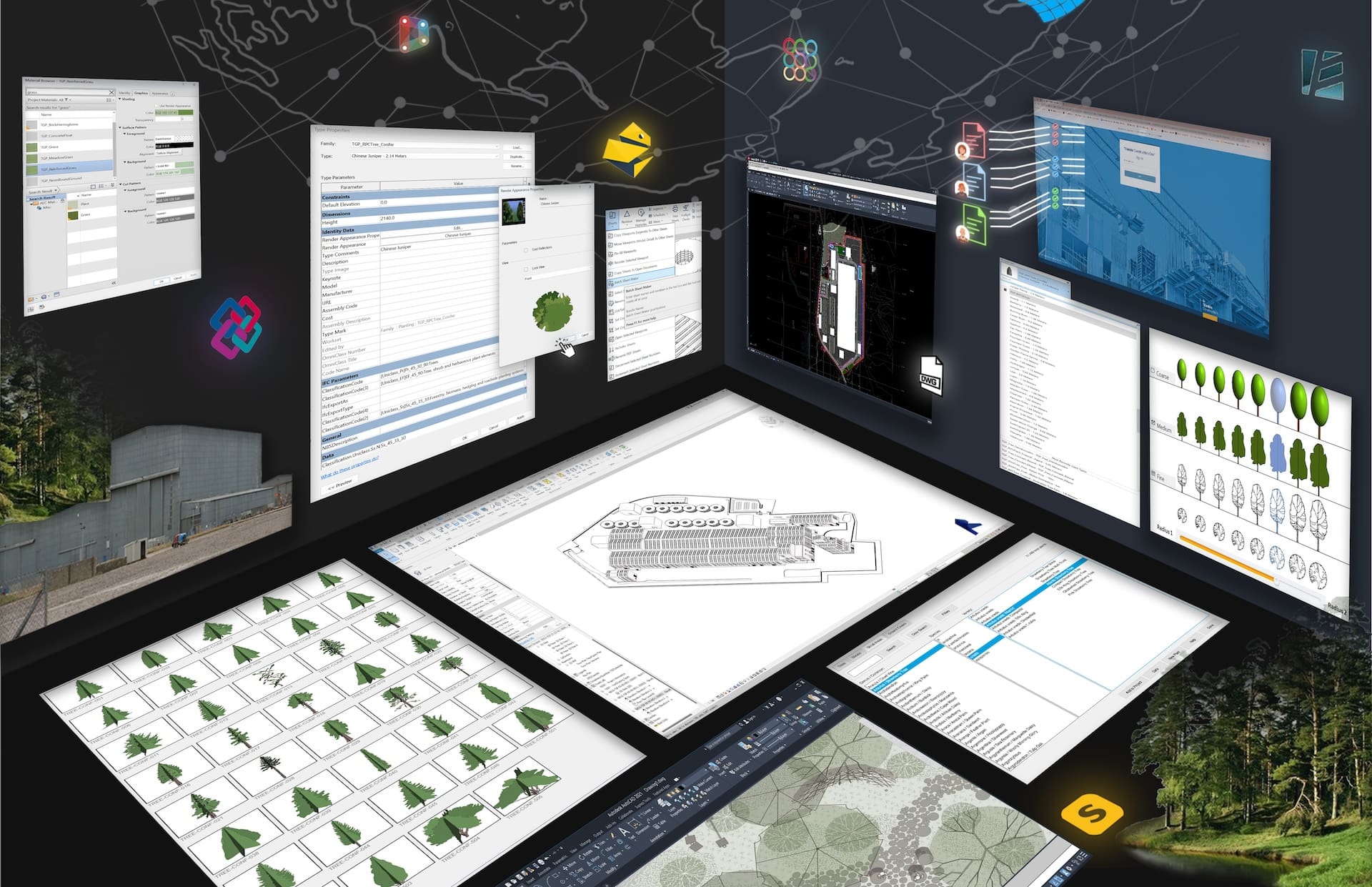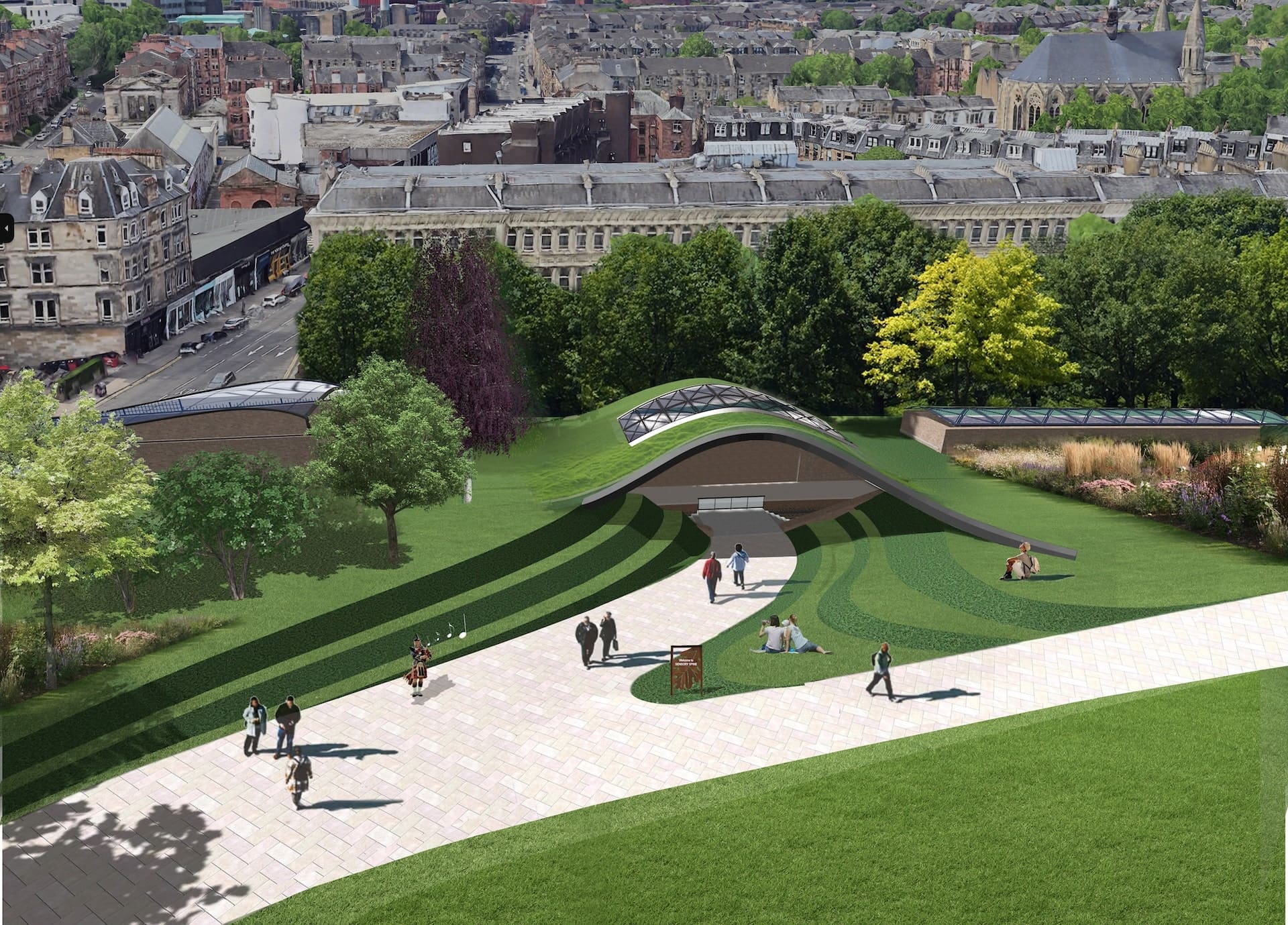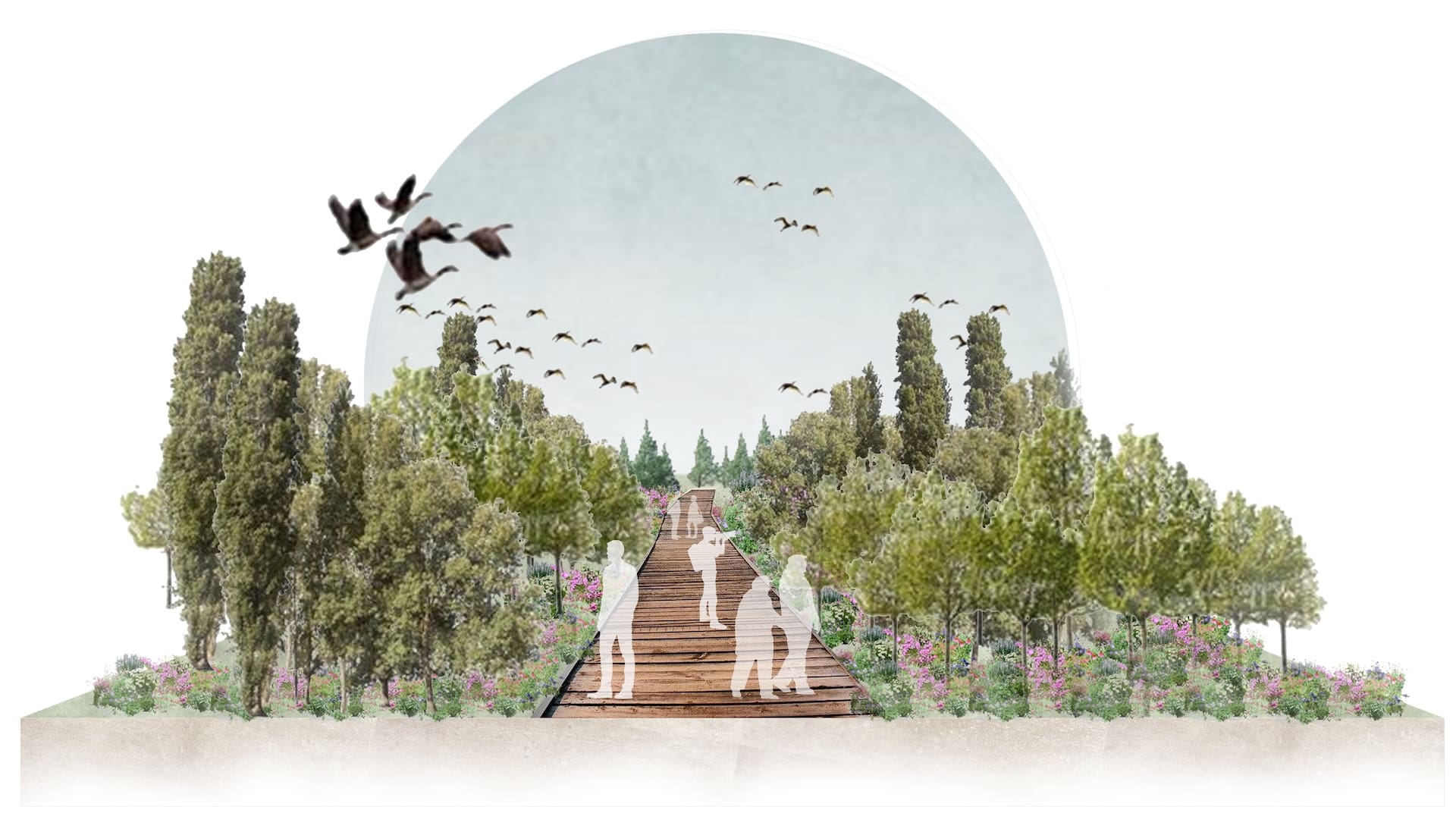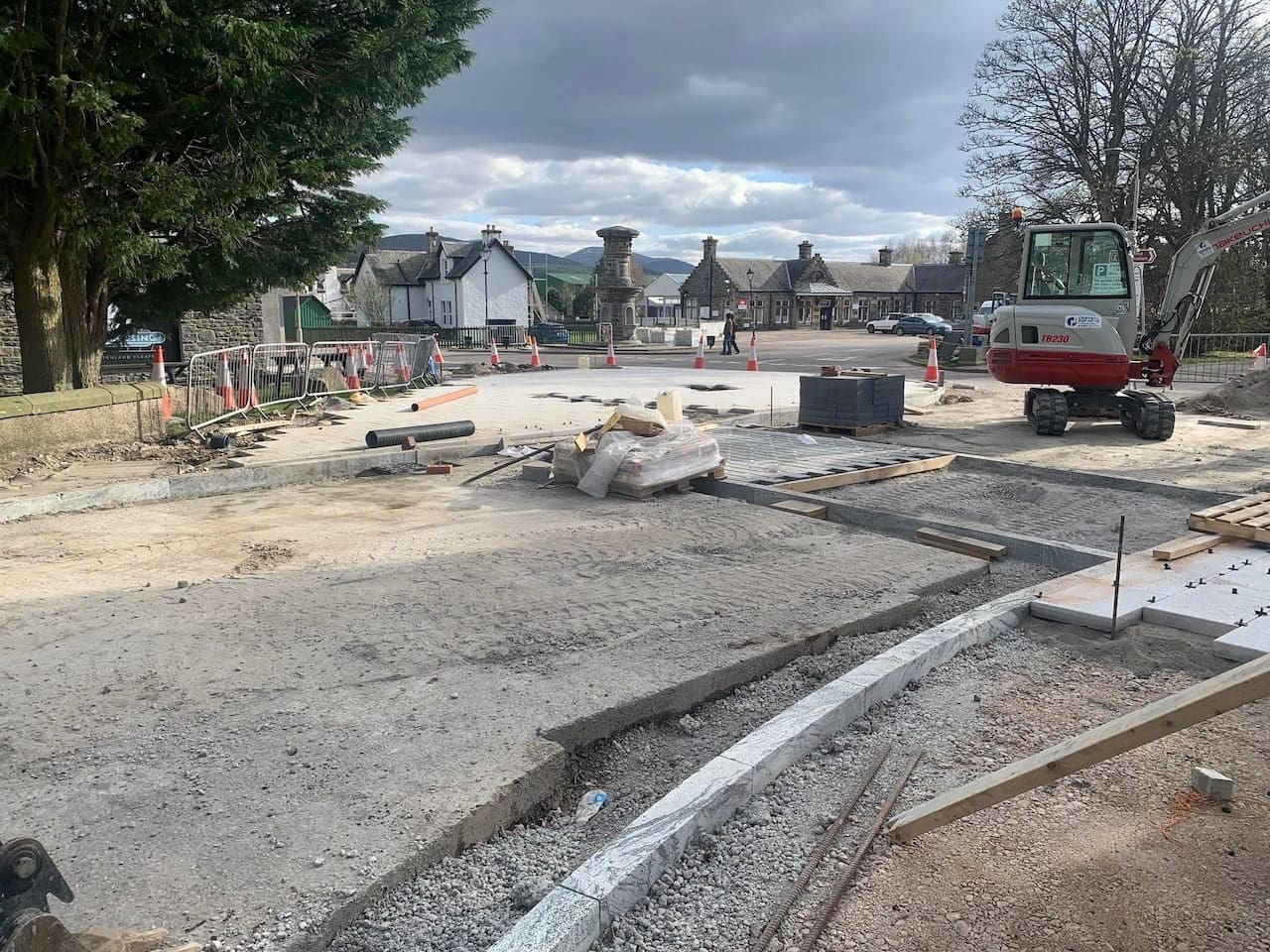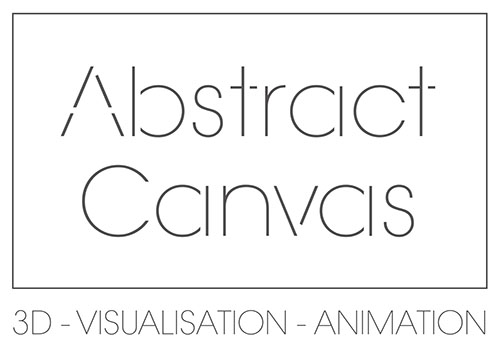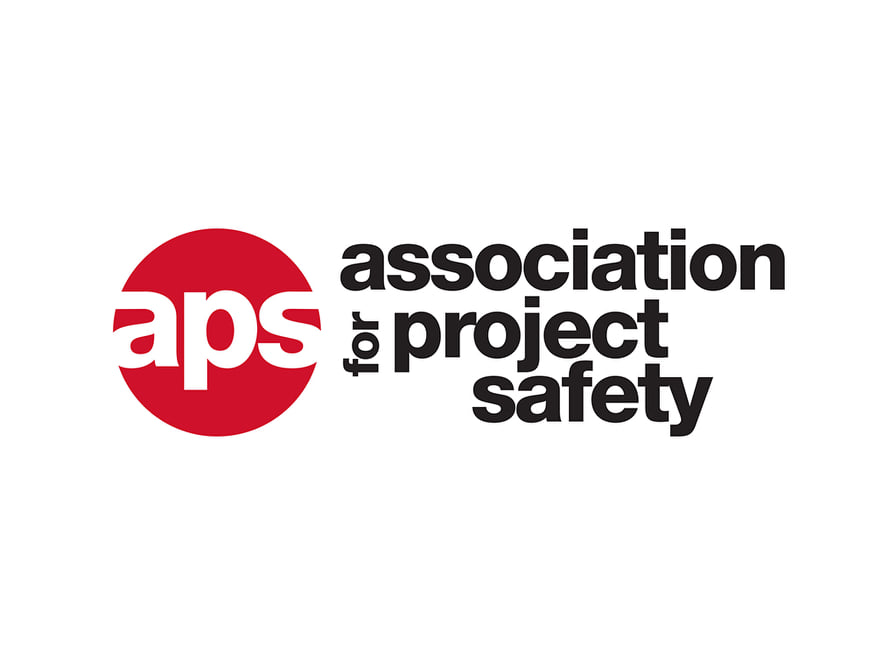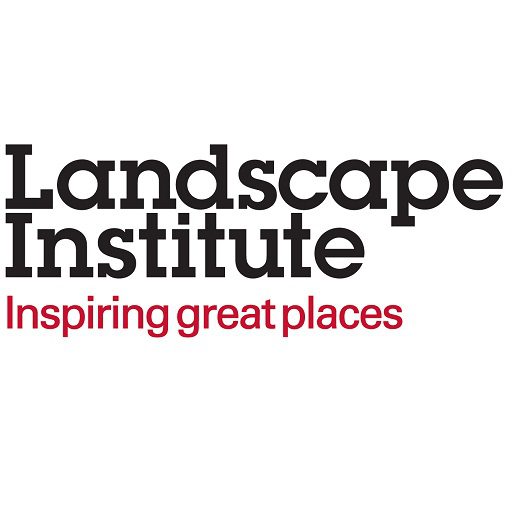Our TGP Architectural Revit Technician Aishwarya has written an interesting piece on BIM (Building Information Modelling) for Urban Realm Magazine.
The article covers the importance of BIM in Landscape Architecture and how it impacts our everyday work at TGP.
Importance of BIM in Landscape Architecture
“One of the foremost benefits of Building Information Modelling (BIM) in landscape architecture is its capacity to generate detailed and precise 3D models that encompass every aspect of a landscape project. These models offer a comprehensive visual representation, facilitating a deeper understanding of spatial relationships and aesthetic outcomes. This enhanced visualization is pivotal for effectively conveying design intentions to clients and stakeholders, ensuring that everyone involved has a clear and unified vision of the project.
At TGP Landscape Architects Ltd, we firmly believe that BIM significantly enhances coordination and collaboration among the diverse professionals involved. By integrating data and designs into a single digital federated digital model, BIM enables real-time updates and information sharing. This integration minimizes the risk of errors and discrepancies that can arise from fragmented communication and isolated workflows. For us, this means seamless coordination with civil engineers, architects, urban planners, and other stakeholders, ensuring that all project aspects are harmonized and potential conflicts are identified and resolved early in the design process.
Additionally, BIM enhances the efficiency and accuracy of project documentation and management. The comprehensive data embedded within BIM models include detailed information on materials, quantities, costs, and timelines, facilitating precise planning and resource allocation. This results in more accurate budgeting and scheduling, leading to significant cost savings and reduced project delays. Furthermore, BIM’s capability to simulate and analyse environmental impacts and sustainability aspects of designs allows landscape architects to make informed decisions that promote ecological resilience and sustainability.
In essence, our team has benefited from introducing BIM due to its ability to create more accurate, sustainable, and cost-effective designs, ultimately delivering higher-quality projects that meet the needs of clients and the environment.”
Well done Aishwarya, we have all really enjoyed reading the article!
